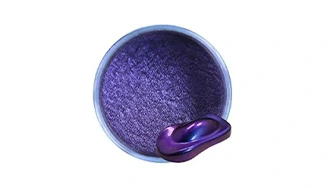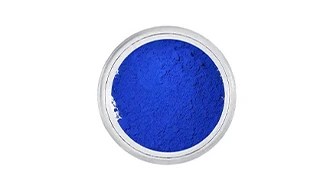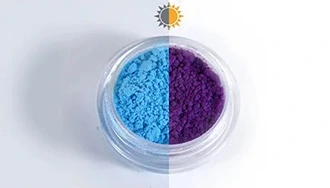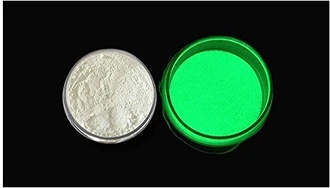Mica Powders
kingChroma mica powders product series is rich, with concentrated particle size distribution, large diameter to thickness ratio, smooth surface, pure and free of impurities, high temperature resistance and strong acid and alkali, bright luster characteristics. kingchroma mica is one of the preferred substrate materials for the preparation of pearlescent pigments with high color concentration, pure hue and excellent gloss.
Home > Powdered Pigments > Metal Pigment > Mica Powders
Color Series Mica Powders
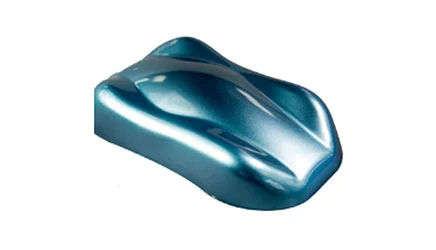
KC-C11
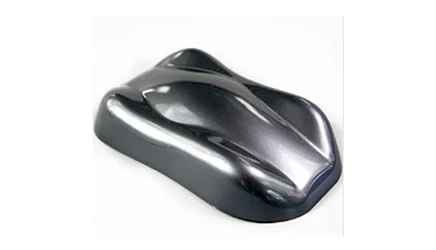
KC-C12
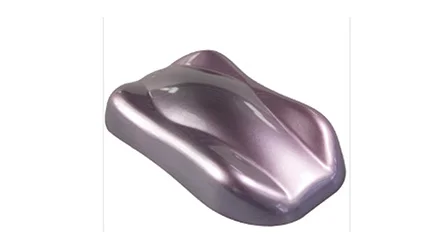
KC-C13
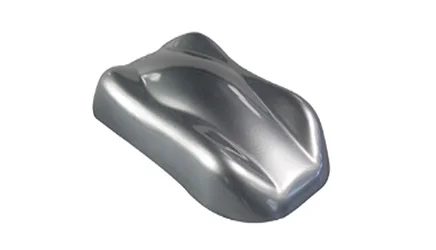
KC-C14
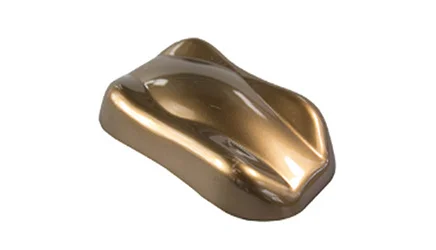
KC-C15
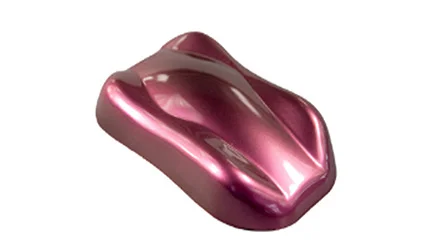
KC-C16
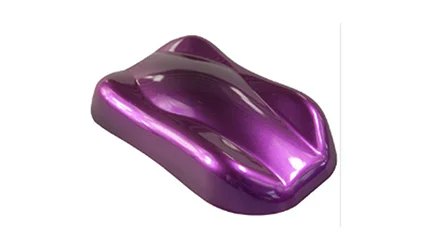
KC-C17
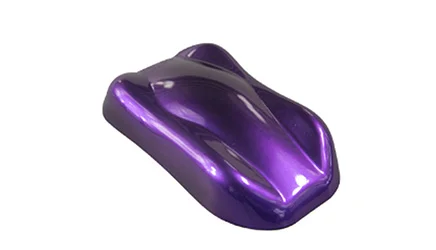
KC-C18
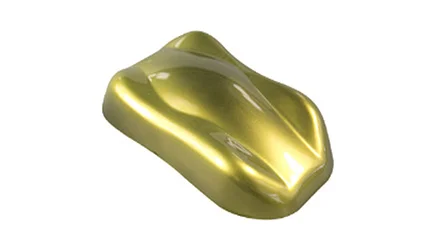
KC-C19
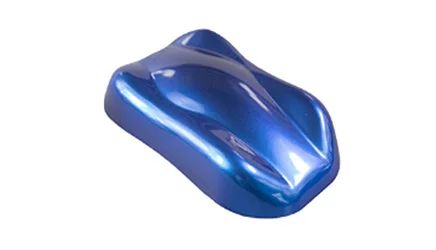
KC-C20
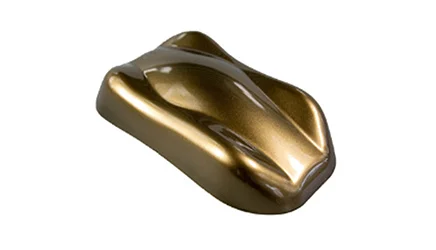
KC-C21
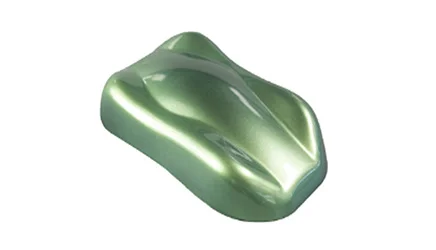
KC-C22
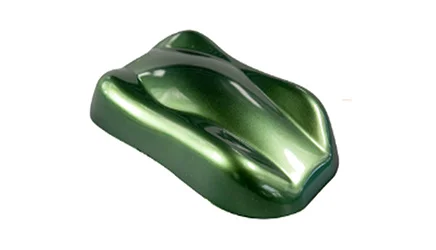
KC-C23
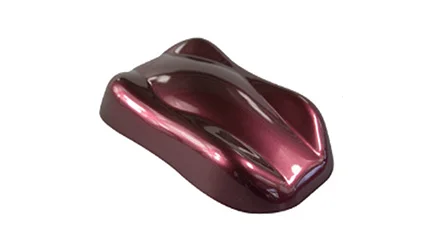
KC-C24
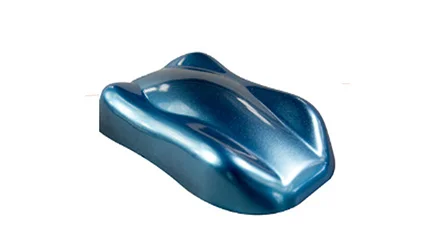
KC-C25
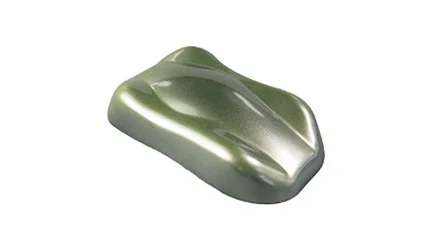
KC-C26
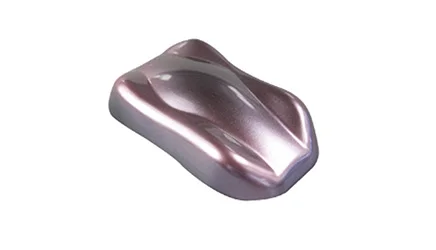
KC-C27

KC-C28
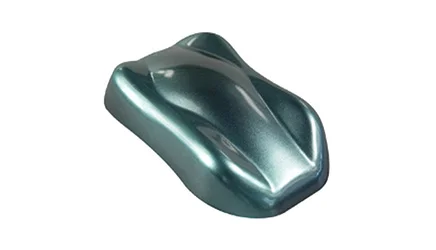
KC-C29
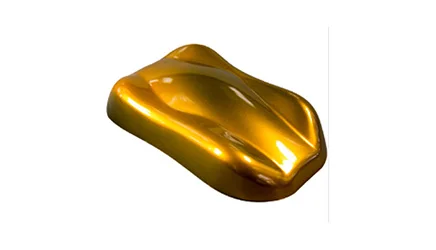
KC-C30
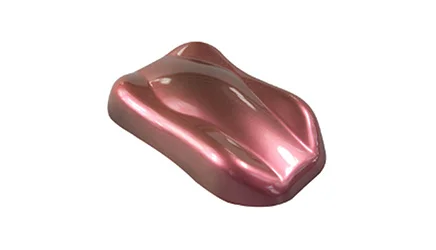
KC-C31
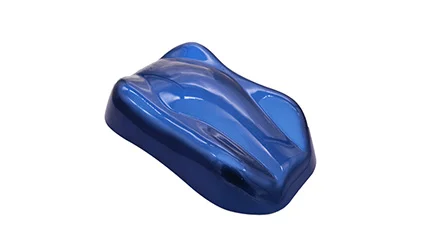
KC-C32
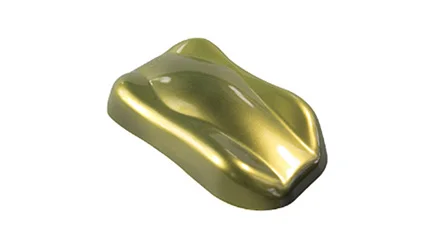
KC-C33
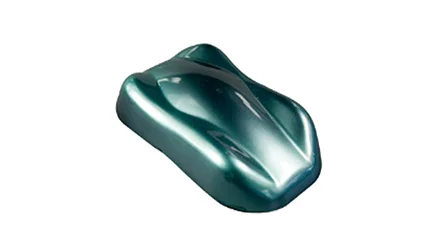
KC-C34
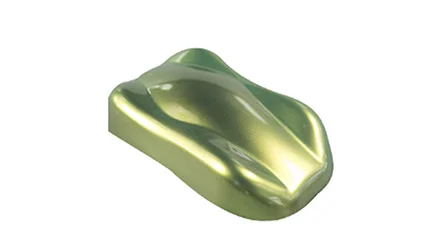
KC-C35

KC-C36
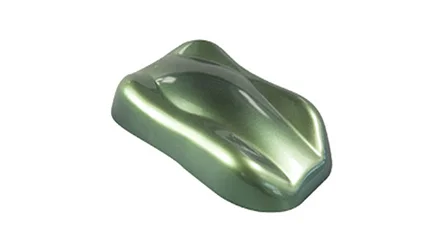
KC-C37
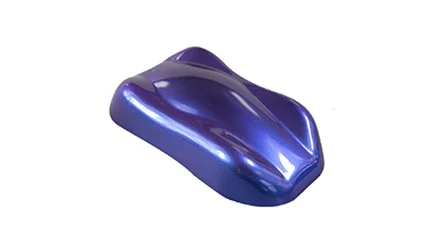
KC-C38
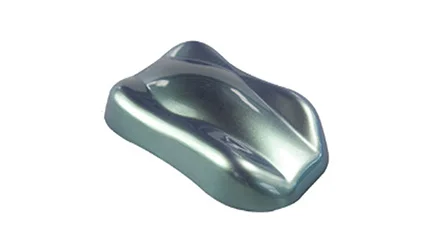
KC-C39
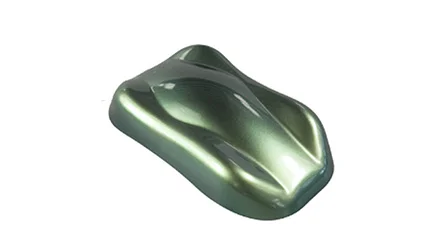
KC-C40
Gold Series Mica Powders
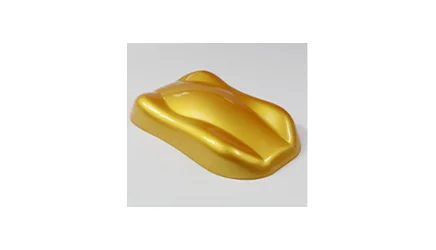
KC-G11
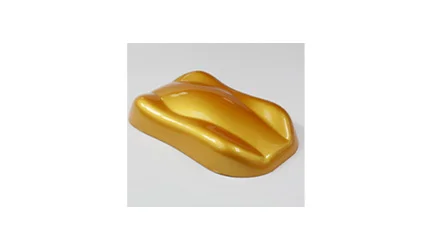
KC-G12
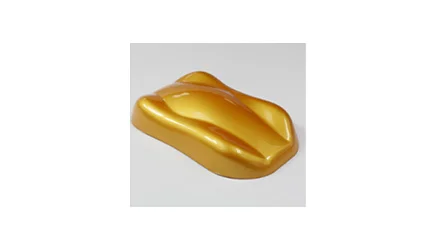
KC-G13
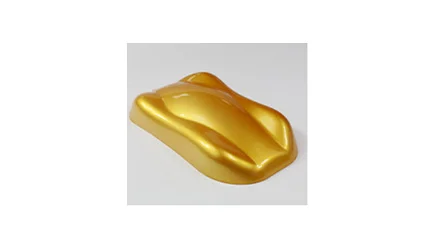
KC-G14
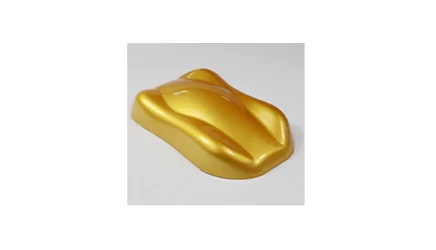
KC-G15
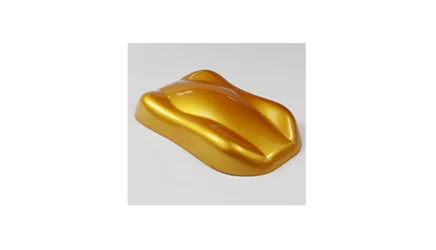
KC-G16
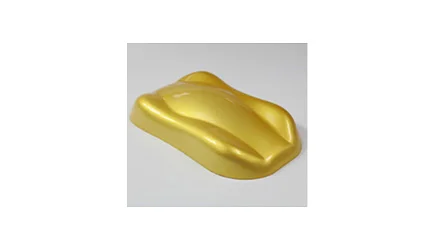
KC-G17
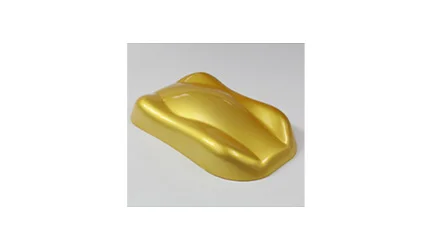
KC-G18
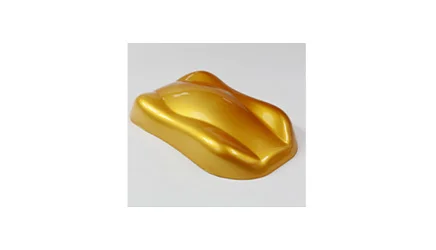
KC-G19
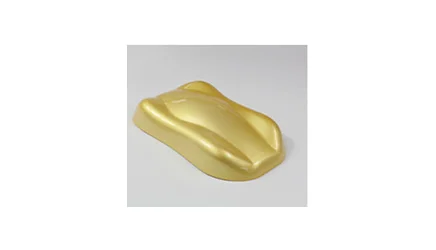
KC-G20
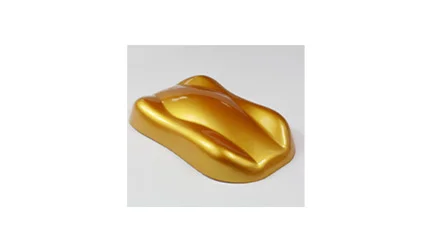
KC-G21
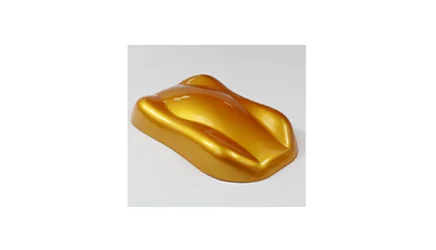
KC-G22
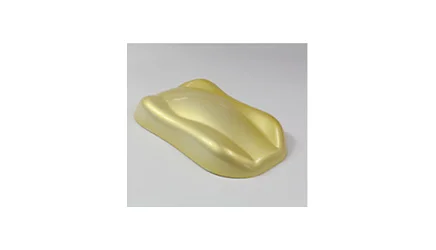
KC-G23
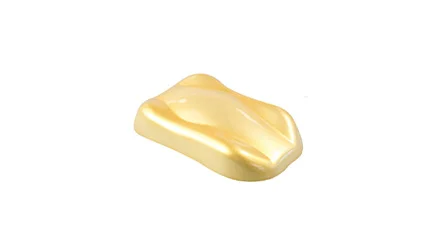
KC-G24
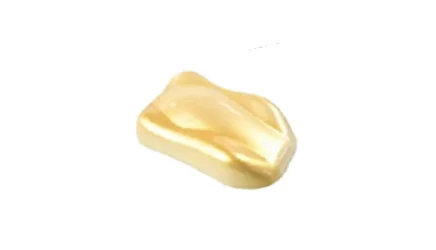
KC-G25
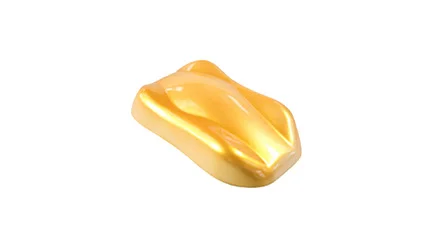
KC-G26
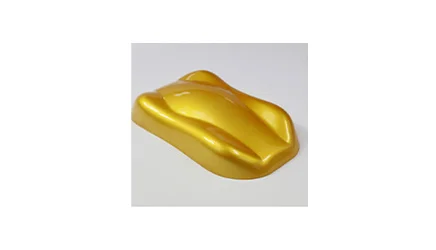
KC-G27
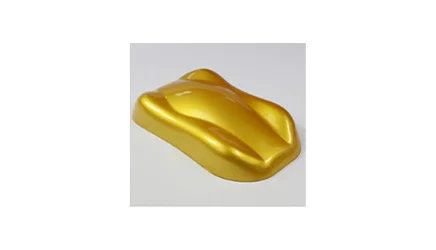
KC-G28
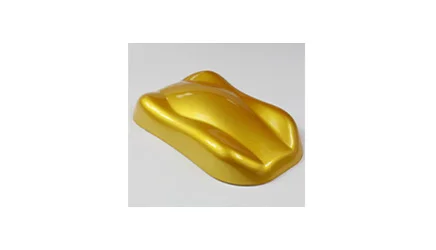
KC-G29
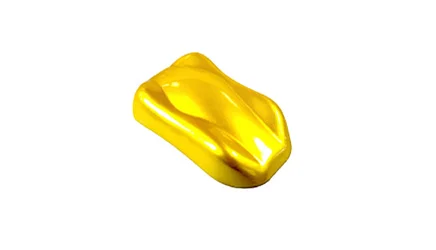
KC-G30
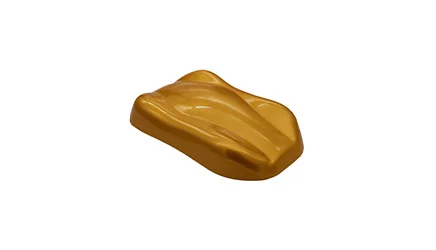
KC-G31
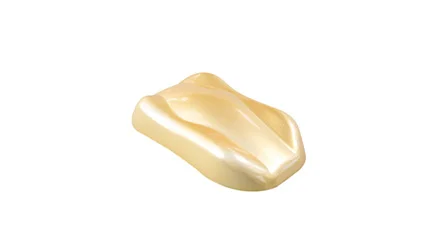
KC-G32
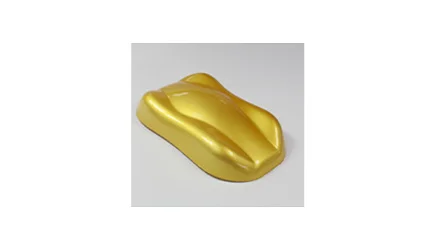
KC-G33
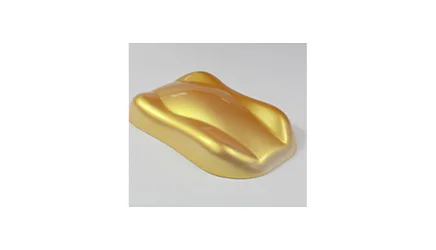
KC-G34
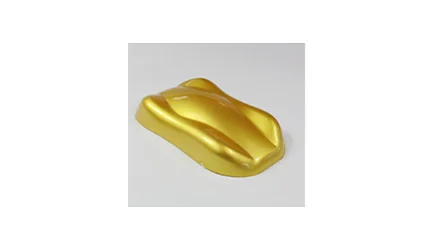
KC-G35
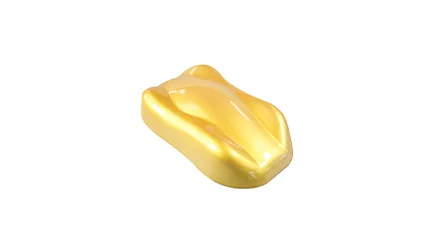
KC-G36
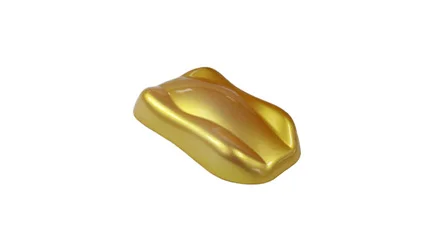
KC-G37
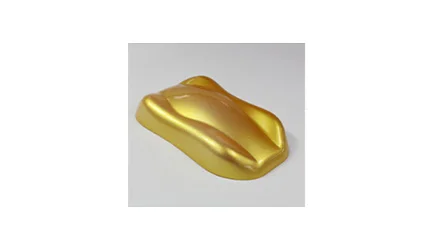
KC-G38
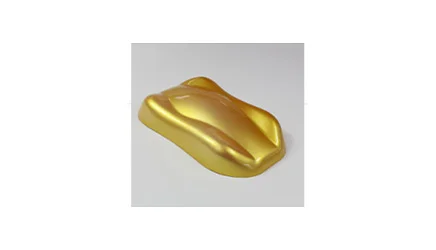
KC-G39
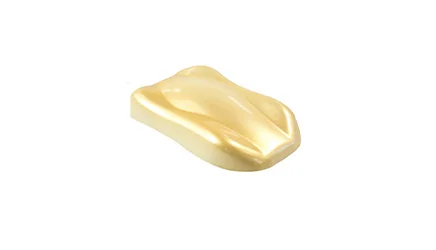
KC-G40
Iron Metal Series Mica Powders
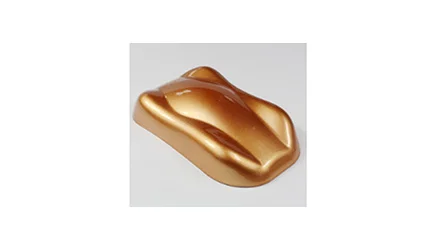
KC-I11
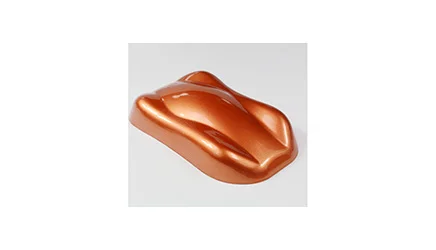
KC-I12
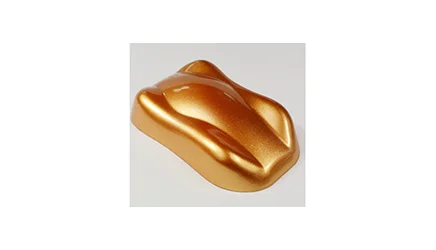
KC-I13
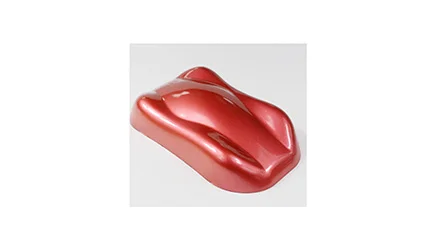
KC-I14
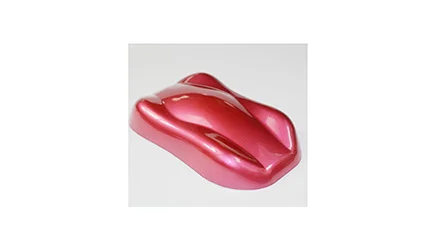
KC-I15
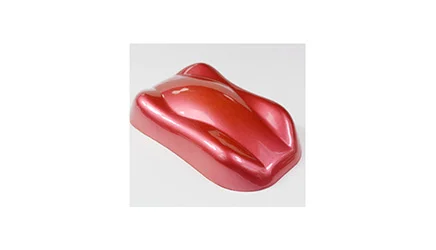
KC-I16
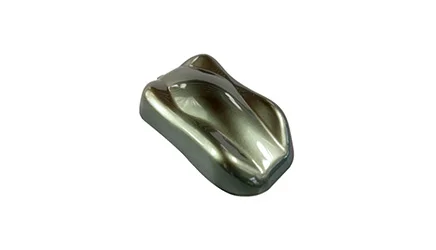
KC-I17
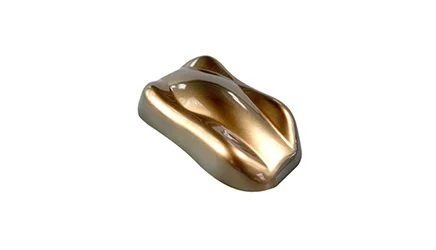
KC-I18
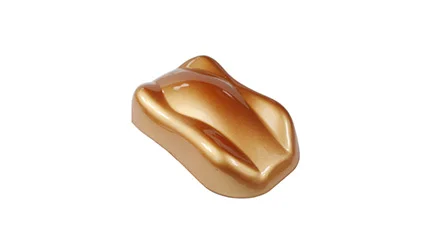
KC-I19
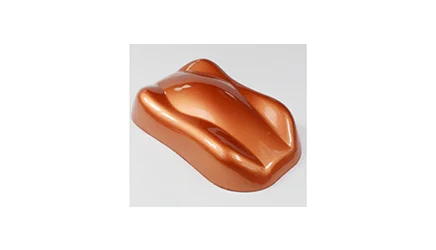
KC-I20
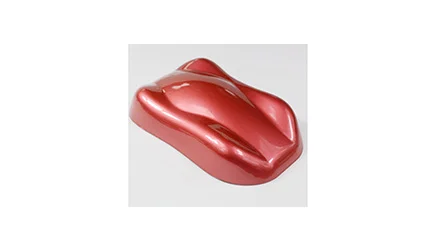
KC-I21
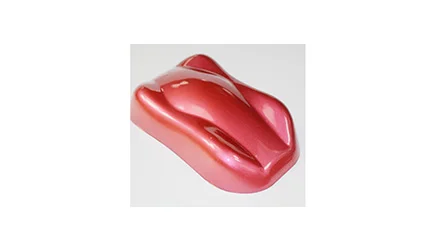
KC-I22
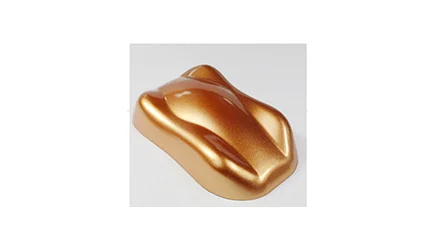
KC-I23

KC-I24
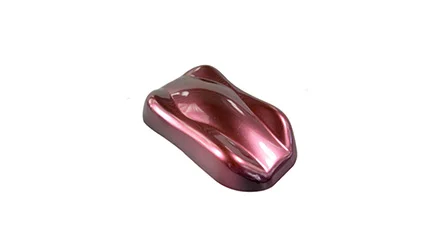
KC-I25
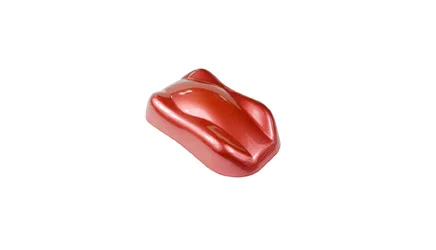
KC-I26
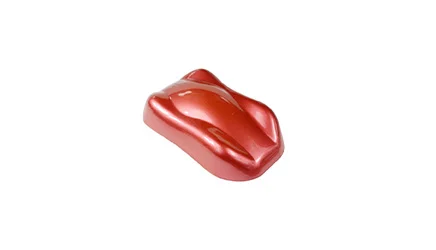
KC-I27
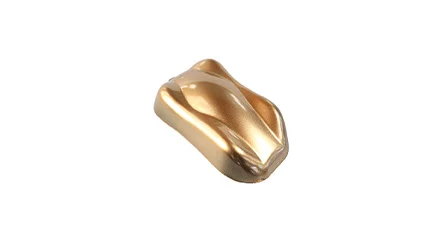
KC-I28
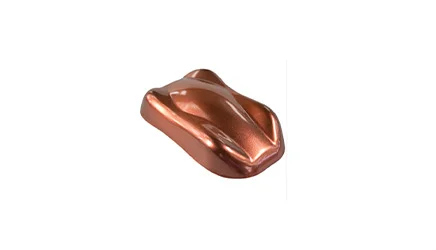
KC-I29
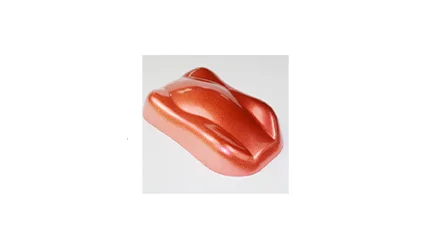
KC-I30
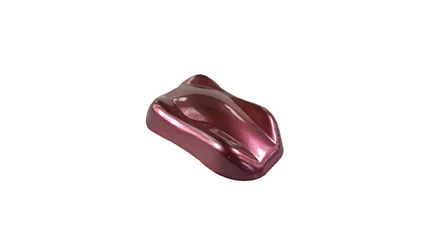
KC-I31
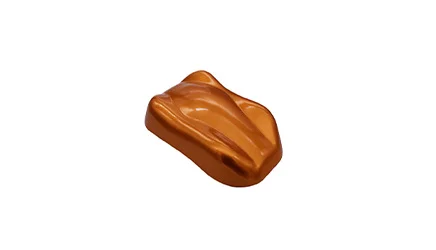
KC-I32
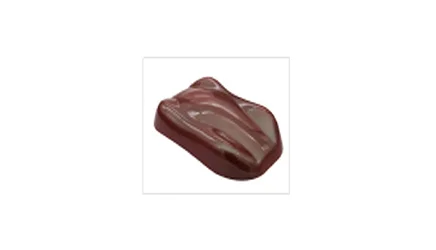
KC-I33
Multi Color Series Mica Powders
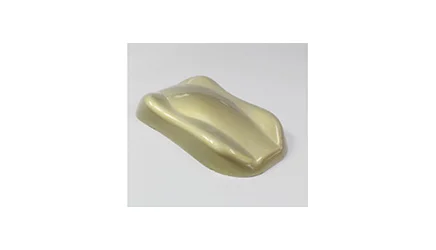
KC-M11
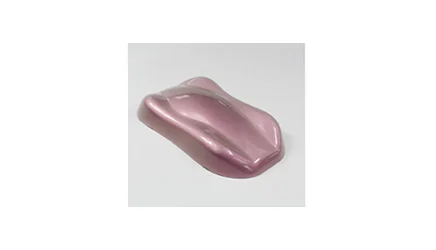
KC-M12
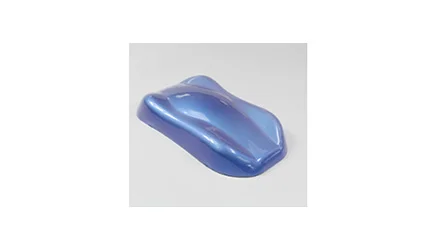
KC-M13
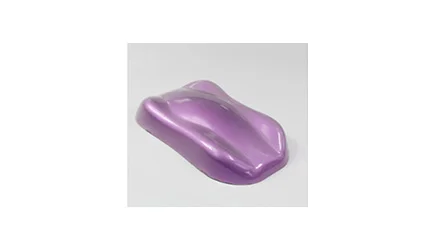
KC-M14
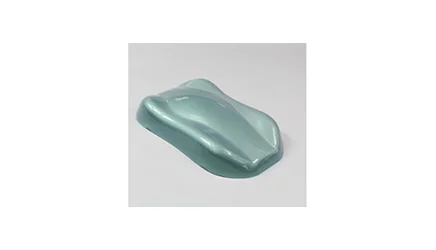
KC-M15
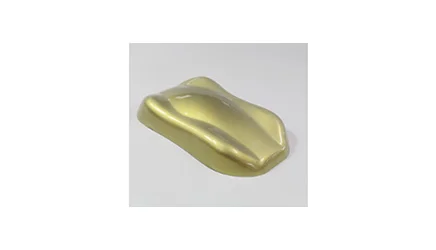
KC-M16
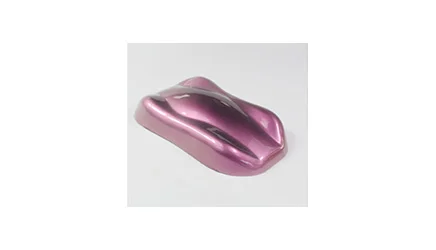
KC-M17
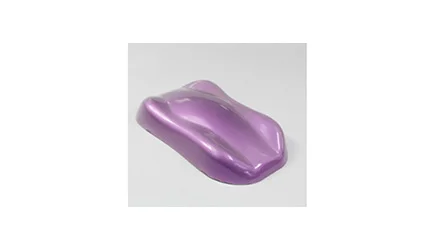
KC-M18
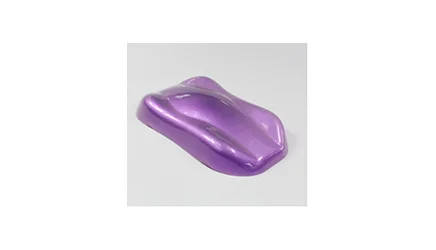
KC-M19
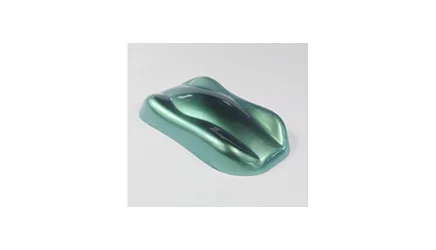
KC-M20
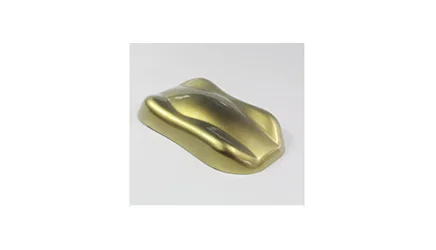
KC-M21
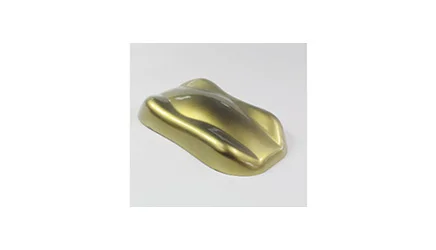
KC-M22
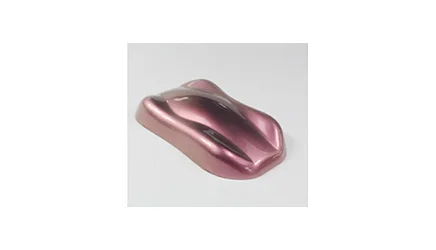
KC-M23
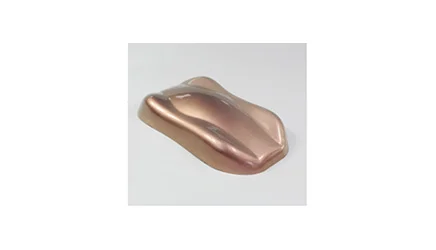
KC-M24
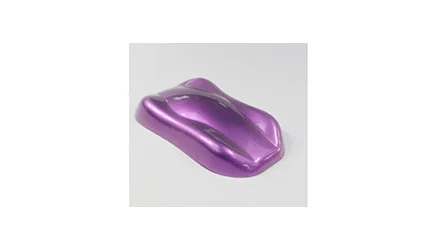
KC-M25
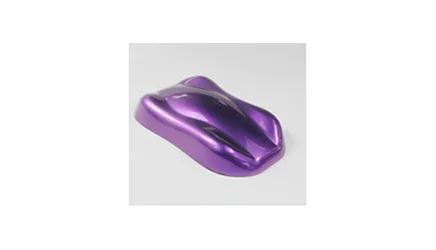
KC-M26
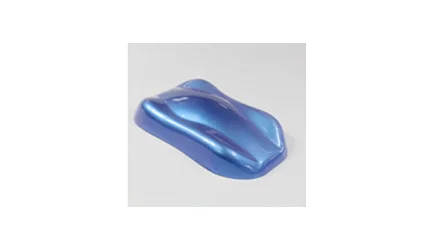
KC-M27
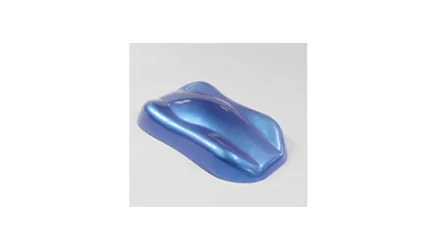
KC-M28
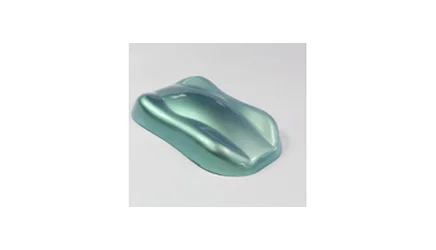
KC-M29
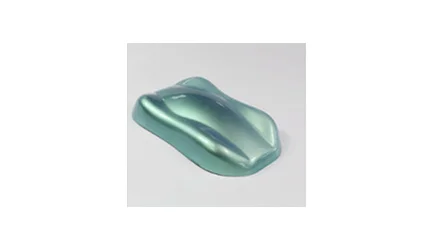
KC-M30
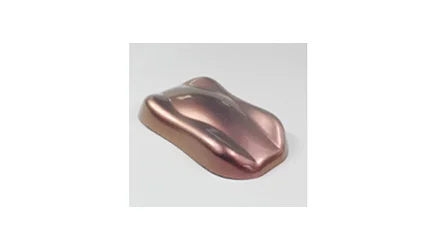
KC-M31
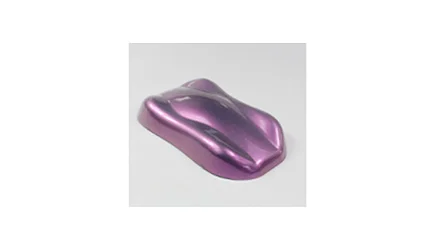
KC-M32
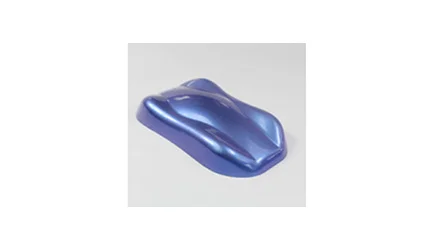
KC-M33
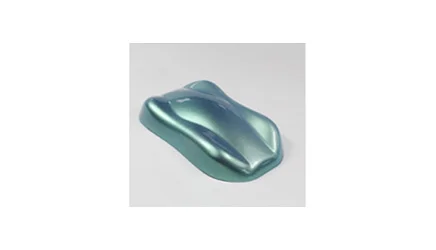
KC-M34
Silver Series Mica Powders
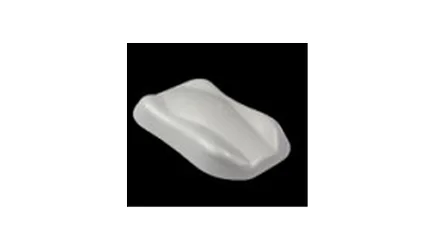
KS-S11
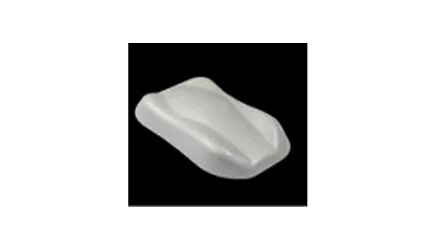
KS-S12
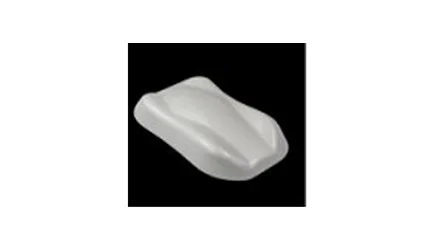
KS-S13
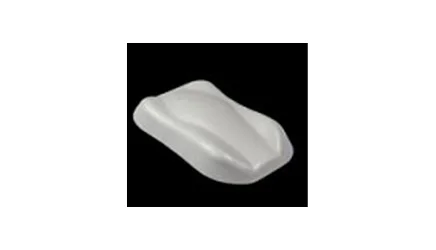
KS-S14
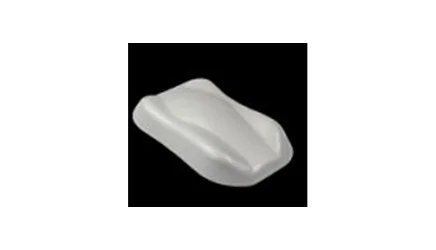
KS-S15
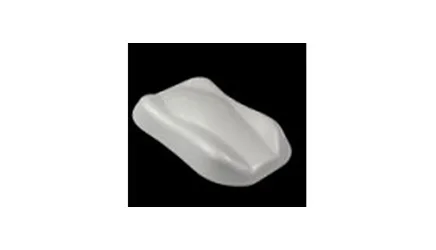
KS-S16
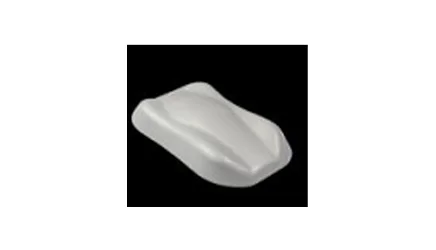
KS-S17
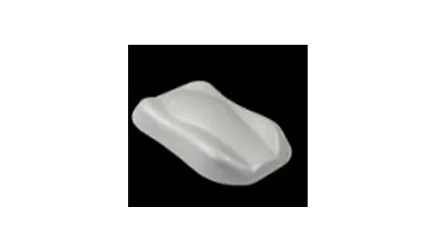
KS-S18
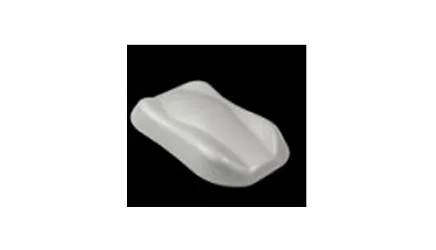
KS-S19
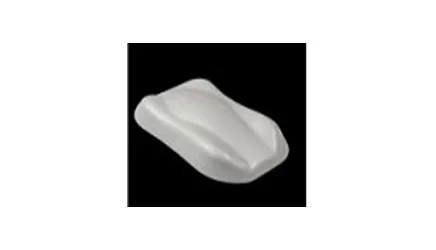
KS-S20
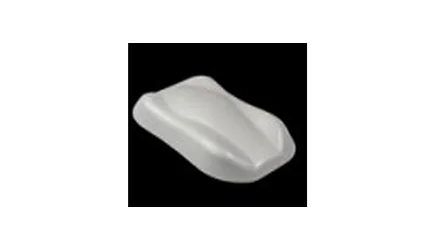
KS-S21
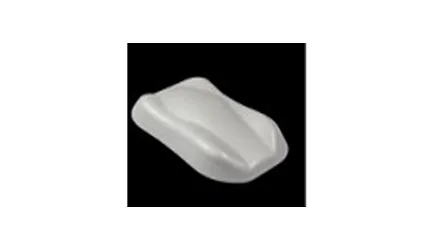
KS-S22
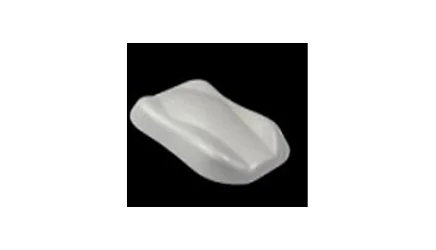
KS-S23
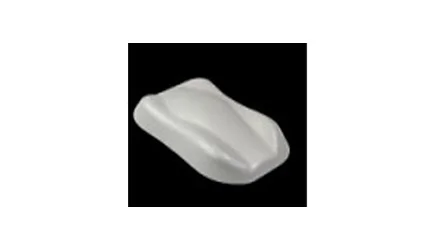
KS-S24
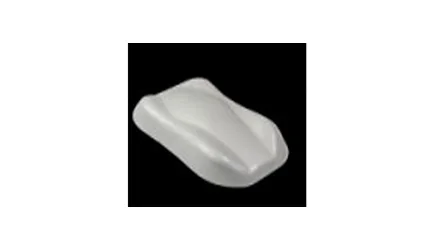
KS-S25
Mica Pigment Powder Product Detail
Our mica powder paints are sure to inspire the artist in you. Use it to paint your face and capture a charming artistic photo. Or use it to create eye-catching colors in all your arts and crafts projects. This non-irritating, stain-free powder contains only three ingredients: mica, iron oxide and titanium dioxide.
Specification:
Each color 10g/0.350Z
Non-toxic, gentle on skin
Multiple colors can be easily mixed or used to make custom colored products
Attention:
The colors displayed in the list may not be accurate due to the limitations of the display/printing process. Everyone has a slightly different view of color.
Shipping & Returns
Return Policy:
kingchroma has a 10 day 100% satisfaction guaranteed return policy upon receipt of goods, which means you have 10 days to request a return after receiving the item. But the return freight shall be borne by the buyer. In order to be eligible for a return, your item must be in the same condition as the item you received, unworn or unused, labeled, and in its original packaging. You will also need a receipt or proof of purchase. For more details, please review our Return policy.
If you have any questions about returns, you can contact us at [email protected].
Shipping:
Please give us 1-2 days to process the implementation. Delivery usually takes 7-15 days. Please review our shipping policy.
Hot Color Powder Products
Mica Powder Applications
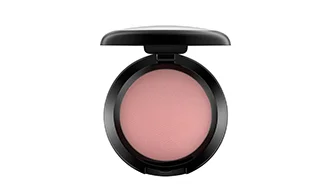
Cosmetics and Personal Care Products
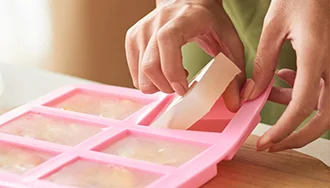
Soap Making
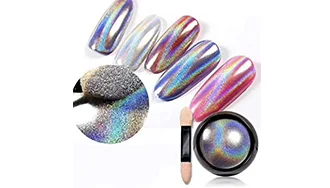
Nail Polish and Nail Art
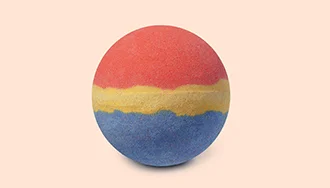
Body and Bath Products

Candle Making
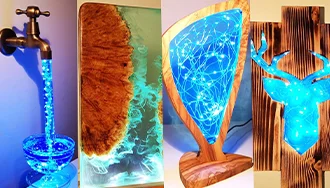
Resin and Epoxy Art

Craft and DIY Projects

Polymer Clay Art

Body Paint and Face Makeup
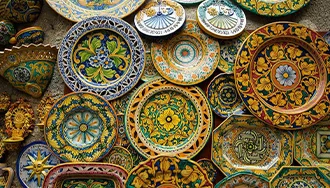
Artisanal and Handmade Products
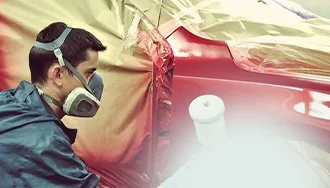
Automotive and Industrial Coatings
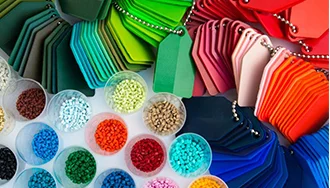
Plastics and Polymers
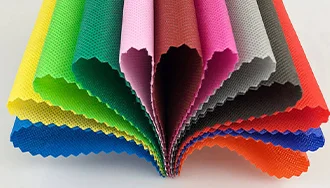
Textiles and Fabrics

Flooring and Wall Coatings
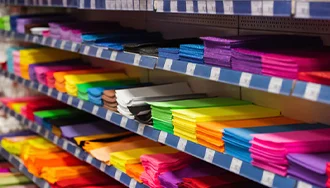
Paper and Stationery

Architectural Design and Decor
Mica Pigment FAQs
What is mica powder?
Mica powder is derived from natural mica ore. High-priced powders from high-quality raw ores can be used not only in high-end automotive paints, but also in high-end cosmetics. Mica powders, possessing high insulation strength, can be utilized to produce premium insulation boards and paper. Mica powders that reach 3 microns and remove impurities thoroughly are relatively expensive.
Where does mica powder come from?
Mica powder is a non-metallic mineral comprised of different components, primarily silicon dioxide with an average content of around 49% and an alumina content of around 30%. After washing, removing impurities, and purifying, mica fragments can undergo a specific process in which they are crushed, dried, and graded to achieve high-quality mica powder. The resulting powder has excellent whiteness, a large diameter-thickness ratio, a smooth surface, and uniform particle size.
What are the different types of mica powder available?
According to the differences and characteristics of mineral resources, mica powder can be categorized as sericite powder, muscovite powder, synthetic mica powder, conductive mica powder, phlogopite, biotite, and soda mica powder.
In addition, mica powder is classified by particle size as follows: Mica powder is classified based on particle size, including 80 mesh, 200 mesh, 325 mesh, and ultrafine mica powder.
What are the common uses of mica powder?
Mica powder has a wide range of applications, including electrical appliances, welding electrodes, rubber, plastics, papermaking, paints, coatings, pigments, ceramics, cosmetics, and new construction materials, making it an incredibly versatile material. With the continuous advancement of science and technology, people have opened up new application fields for it.
Is mica pigment safe to use in cosmetics and personal care products?
Mica is a naturally occurring mineral with exceptional chemical stability. It is a completely inert substance, safe, non-toxic, and harmless. In cosmetics, mica powder serves as a filler, anti-caking agent, colorant, and opaque agent, among other functions. In addition, it primarily serves as an effective UV blocker and is the preferred ingredient for cosmetic foundation. It is commonly added to lip and blush powders as a replacement for pearlescent materials. Mica powder is a versatile ingredient for cosmetics such as foundation, blush, eyeshadow, lip gloss, lipstick, nail polish, and more. It not only enhances the texture and appearance of cosmetics, but also improves their performance and stability, increases their corrosion resistance, and prolongs their shelf life, providing users with an enhanced experience.
How is mica powder obtained and processed?
According to processing technology, mica powder can be divided into two types: dry and wet processing.
- Raymond mill processing
Beneficiation-rough crushing-processing-grinding-grading-packaging-finished products.
The mica powder content of this product can reach over 70%.
- Adopting new technology – airflow purification and grading processing
Beneficiation-rough crushing-processing semi-finished products-purification-grinding-grading-packaging-finished products.
This process separates mica and quartz, resulting in highly purified mica powder with a mica content of over 95%. The technical index of this product meets the standard for wet mica fine powder. Under automated control, the mica fine powder produced by this advanced equipment through standardization preserves the unique flake-like structure of the mica ore, with a high diameter-thickness ratio and excellent quality.
Can mica pigment be used in arts and crafts projects?
Mica powder can be used in public welfare projects, where it enhances the color, texture, and quality of arts and crafts projects, and can also be used in oil, candles, lipstick, etc.
What are the color options available for mica powder?
The common minerals in the mica group include biotite, muscovite, phlogopite, lepidolite, sericite, etc. Muscovite is colorless, transparent, or pale; biotite is black to dark brown, dark green, and other colors; phlogopite appears yellow, brown, green, or colorless; lepidolite is pale purple, rose red to gray in color.
Can mica powder be used in soap making?
Mica powder can be used as a soap colorant and as a transparent soap base to provide shiny color vitality. Besides giving soap the different colors we need, it can also have different cleansing and nourishing effects. Moreover, mica powder is not absorbed by the skin and leaves no trace on the skin.
Does mica powder have any specific effects or properties?
As a layered silicate, the structure of mica powder is a complex silica-oxygen layer consisting of two layers of silica-oxygen tetrahedra sandwiched by a layer of aluminum-oxygen octahedra. When fully cleaved, it can be cleaved into extremely thin sheets with a thickness of up to 1 μm (theoretically, it can be cleaved to 0.001μm). It has a large diameter-thickness ratio, with good elasticity and toughness. Its insulation, high-temperature resistance, acid and alkali resistance, corrosion resistance, and strong adhesion make it an excellent additive.
How is mica powder different from pearl powder?
The difference between mica powder and pearlescent powder is as follows:
- Different colors: In sunlight, mica powder appears slightly off-white, while pearlescent powder displays a silver-white sheen.
- Different composition: Mica powder is a powder of mica materials, while pearlescent powder is a blend of mica and metallic aluminum pigments.
- Different effects: Mica powder provides a delicate and soft sensation, while pearlescent powder provides a dazzling sensation.
- Different hoods Mica powder fits into a hood with a 10cm diameter, while pearlescent powder fits into a hood with a 5cm diameter.
- Different glues: The glue utilized for mica powder is standard glue, whereas the glue for pearlescent powder is AB glue.
- Different applications: Mica powder finds application mostly in home decoration, like TV background walls, stone backgrounds, and large murals. Pearlescent powder, on the other hand, is predominantly used in handicraft factories, such as with UV printers.
Can mica pigment be mixed with other ingredients or materials?
Mica powder has excellent compatibility and can be mixed with many materials:
- Mica powder mixed into mineral wool resin and coating can serve as a decorative option for exterior walls made of concrete, stone, or brick. It is widely used in building exterior wall coatings, anti-corrosion coatings, powder coatings, high-temperature resistant coatings, insulation coatings, waterproof coatings, road sign coatings, radiation resistant coatings, and various specialized coatings such as ship coatings, spacecraft thermal control coatings, and food container coatings.
- When mica is used as a filler in polymer materials such as polyolefin, polyester, polyamide, polyurethane, etc., the tensile strength, tear strength, and Shore hardness of the resulting composite materials have been improved to various degrees. The engineering plastic made by combining mica with either thermoplastic resin or thermosetting resin is widely used.
- With its unique sheet-like structure, silky luster, and smooth texture, makeup-grade mica powder creates makeup powder that feels as light and delicate as silk. Its natural texture provides excellent skin affinity and can achieve a luxurious and beautiful effect, giving cosmetics a soft touch, gentle sheen, excellent adhesion, and strong skin hold. It can be combined with other cosmetic materials to create high-end beauty products.
- Mica powder and alumina as the main raw materials, mixed with barium fluoride and calcium fluoride additives, can be made into mica ceramics with a flexural strength of 160MPa. In addition to preserving its inherent characteristics, mica ceramics possess excellent processability. More crucially, they exhibit a substantially enhanced flexural strength, leading to superior usability.
What are the storage recommendations for mica powder?
Mica powder must be packaged using eco-friendly materials and stored in properly designated areas. It should be kept in a dry, well-ventilated, and cool environment, avoiding any moisture, high temperatures, direct sunlight, or similar factors. During transportation and storage, it is important to take measures to ensure safety, such as preventing moisture, fire, and explosions. Additionally, handling with care is necessary to avoid any damage to the packaging.
Are there any safety precautions or considerations when using mica powder?
Mica dust is frequently generated in industries such as construction, electronics, and chemical engineering. Long-term exposure to mica dust can be hazardous to health.
Mica dust hazards
Respiratory irritation: Long-term exposure to mica dust may irritate the respiratory system, causing symptoms like coughing and wheezing.
Skin irritation: Mica dust can cause allergic reactions on the skin, such as dryness and itching.
Eye irritation: Mica dust entering the eyes may result in discomfort, such as itching and tingling.
Cancer risk: The asbestos fibers in mica dust are known carcinogens. Long-term exposure to mica dust can lead to malignant tumors, such as lung cancer.
Protective methods
Forced ventilation: In mica dust environments, ensure proper ventilation by using mechanical ventilation or fresh air systems.
Wear protective equipment: Wear full protective equipment, including masks, gloves, coveralls, etc., to effectively reduce the hazards of exposure to mica dust environments.
Wet cleaning: Clean with a damp cloth to effectively reduce the generation and diffusion of mica dust.
Avoid mica dust dispersing: Store contaminated mica dust in sealed containers to prevent it from dispersing into the surrounding environment.
Maintain the machine regularly: Regularly maintain and repair the machinery and equipment to ensure their proper operation and reduce the chance of generating mica dust.
Training and education: Organize workers involved in mica dust operations to accept training on safety awareness and protective measures to enhance their understanding of and ability to prevent dangers related to mica dust exposure.
For protection against mica dust, enhance employees’ safety awareness and preventive consciousness through training and education in addition to requiring them to wear protective equipment and implement on-site measures. In this way, we can ensure the physical health of workers to the greatest extent and promote safe production operations.
We are Ready to Support Your Mica Pigment Powder Projects

